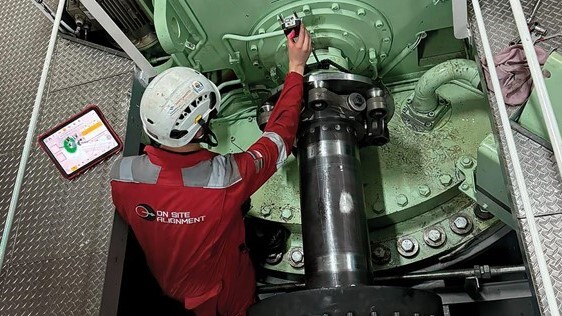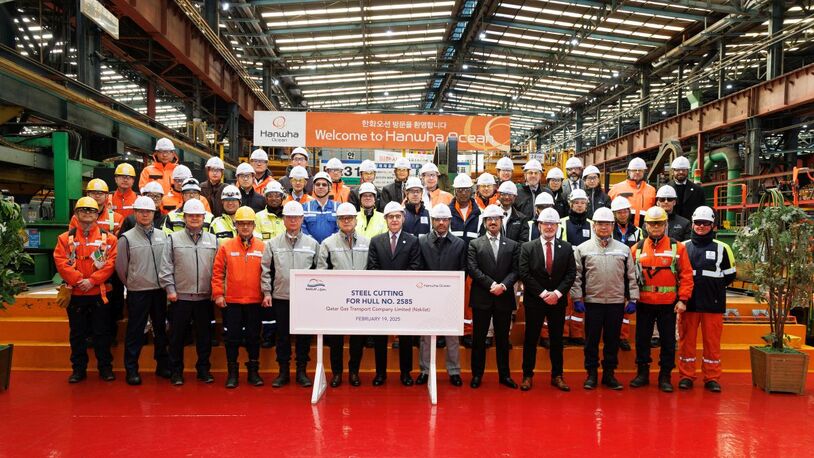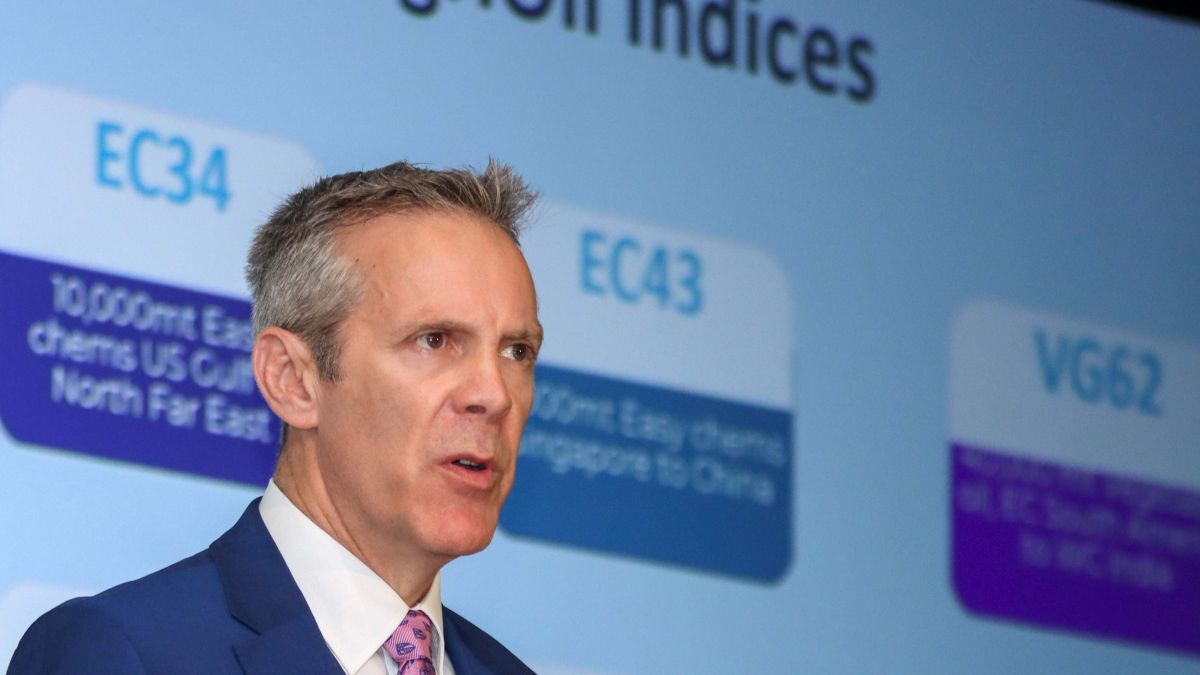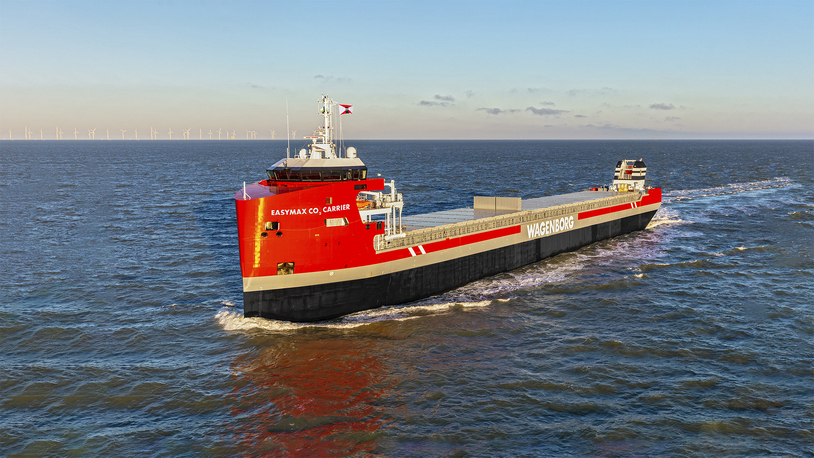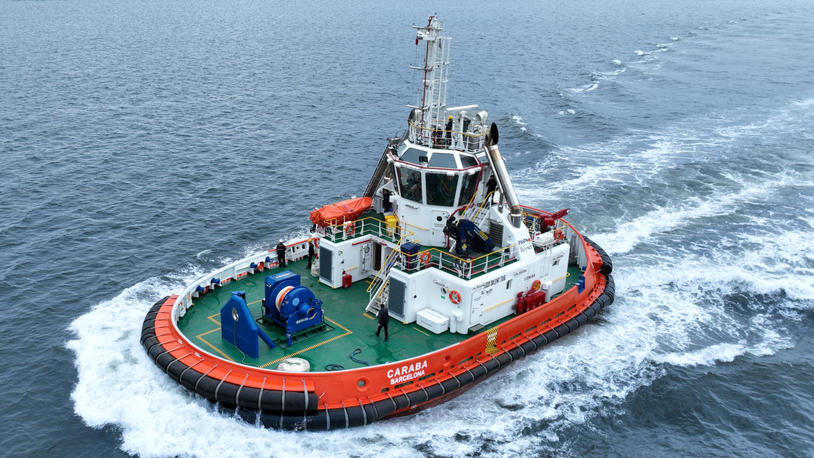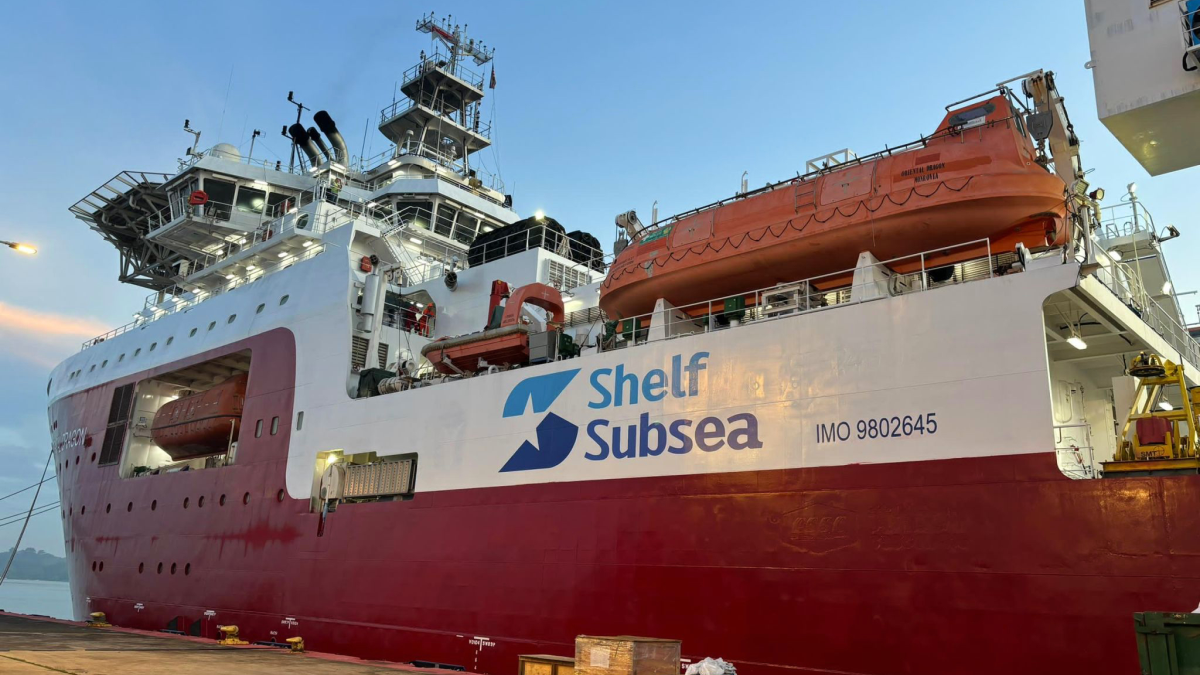Business Sectors
Events
Contents
Register to read more articles.
A closer look at Capital Offshore’s methanol-ready PSVs
MMC Ship Design & Marine Consulting vice president and chief designer Michal Olko, details the considerations that are shaping the Greek owner’s series of 5,400-dwt PSVs
Greek owners have been the most aggressive investors in OSV newbuilds, and perhaps none more so than Evangelos Marinakis-led Capital Offshore. Encouraged that all the market fundamentals are right for a long-term upward trend in the offshore sector, the Greek shipping mogul was one of the first to pull the trigger on a substantial newbuild programme, ordering 10 5,400-dwt multipurpose platform supply vessels (MPSVs) from China’s Fujian Mawei Shipyard in 2024.
Working through shipbroker Clarksons, Capital Offshore had approached MMC Ship Design & Marine Consulting about tackling the project, indicating interest in the naval architectural firm’s MMC 897 SBC design with a special request: it had to come with methanol dual-fuel engine technology and batteries.
MMC Ship Design & Marine Consulting vice president and chief designer, Michal Olko, tells OSJ that this necessitated some design changes to accommodate the engine technology and the special safety and regulatory requirements of using methanol as a fuel.
One of the first hurdles to overcome was the dual-fuel engine technology. While several engine builders have announced the availability of methanol-ready engines, Mr Olko says only Hyundai HiMSEN could supply the full upgrade package to meet the project’s needs.
But this, too, came with a challenge. “Unfortunately, HiMSEN engines are about 50% larger than other high-speed engines,” says Mr Olko.
This required MMC Ship Design to redesign the engine space to accommodate the South Korean’s big four-stroke engines, robust fuel storage and supply systems, double-walled piping and other special equipment required to meet low flashpoint fuel and toxicity regulatory safety requirements.
“Batteries are an absolute must in newbuilds”
Built to Lloyd’s Register class, the first vessel in the series will leave the shipyard in 2026 as ‘methanol ready’.
Methanol has been gaining traction in the offshore vessel sector as a viable alternative fuel because it has lower greenhouse gas emissions than existing marine fuels and is liquid at ambient temperatures and pressures.
On the other hand, it is highly corrosive, toxic, highly flammable and burns with a clear blue flame requiring special handling and safety measures. Additionally, its energy density is much lower than traditional marine diesel — less than half — requiring significantly more fuel storage space. And while broadly available for industrial use, almost all current production of methanol is fossil-fuel based.
However, this is expected to change in the years ahead, as more production of green methanol comes online. As OSVs have service lives of 20 years or more, this series of MPSVs will have the flexibility to operate on green methanol — produced with renewable energy — when it does become available.
With IMO and EU emissions regulations tightening in the years ahead, making OSVs fuel flexible is vital to preserving their long-term commercial value.
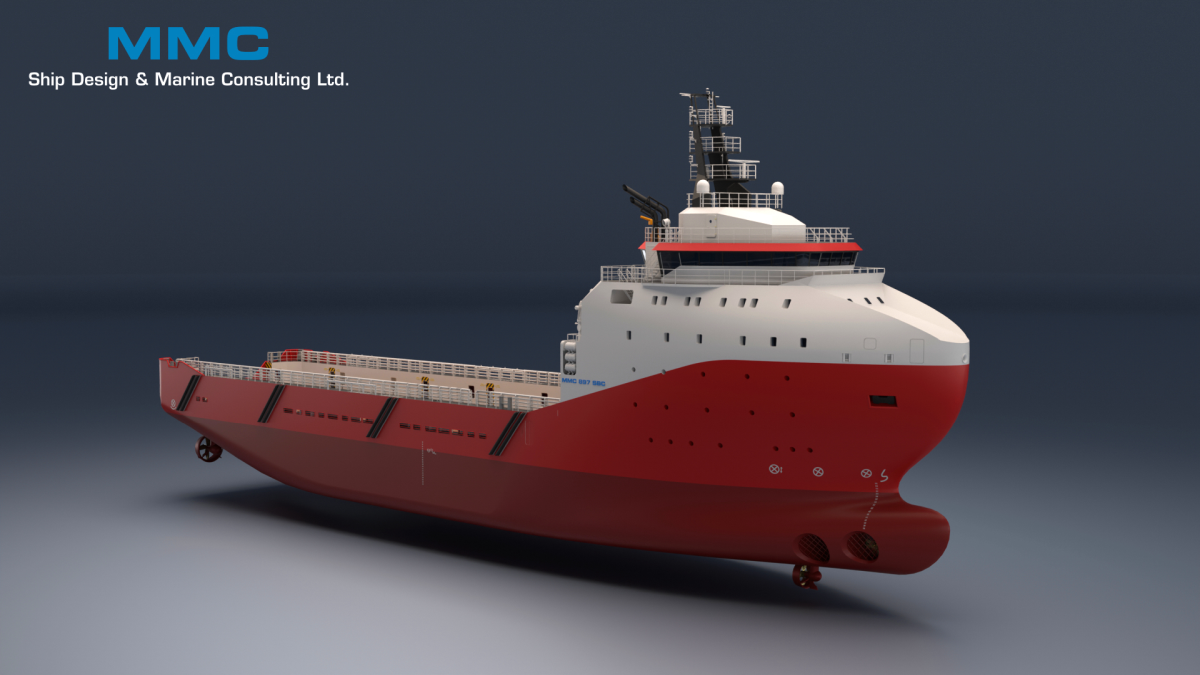
Milestone design
The Capital Offshore newbuild order is an important milestone for the privately held, nine-year-old, Gdynia, Poland-headquartered ship design house. Its MMC 897 SBC design draws on the best elements of the naval architectural firm’s successful MMC 887 design series. To further refine and optimise the design, MMC Ship Design focused on three areas: seaworthiness; serviceability; and energy efficiency, undertaking model tank testing to improve the vessel’s operational safety and crew comfort, while incorporating batteries, variable-speed gensets and DC grid technologies to lower engine maintenance and improve energy efficiency.
As a result, Mr Olko envisions its MMC 897 SBC vessels “setting new benchmarks in performance, safety, and versatility for offshore supply vessels.”
Kongsberg Maritime secured a Nrk800M (US$70.4M) contract to supply the propulsion, navigation and energy systems for the vessels, which are intended for the Brazilian market.
The Norwegian maritime technology provider says its electrical system on each of these MPSVs “enables optimal, clean, and efficient operation through the energy storage system (ESS),” which will supply power for peak shaving, spinning reserve, and power boost. “This battery-hybrid capability offers operational flexibility, allowing the vessels to run on a single engine or have full flexibility for engine selection, thereby reducing fuel consumption and emissions,” says Kongsberg Maritime.
The MPSVs will have an overall length of 94.76 m, beam of 19 m, accommodation for 60, and a clear deck area of 1,020 m2. Each diesel-electric vessel will be equipped with variable-speed gensets, a DC grid, and be capable of operating on methanol as a propulsion fuel. Propulsion will be supplied by four 2,200-kw HiMSEN methanol dual-fuel gensets and one 500-kW harbour genset, with 750 kW of batteries, two 2,150-kW US 255 azimuthing thrusters, one 1,250-kW ULE PM 155 retractable thruster, and two 1,000-kW TT 2200 tunnel thrusters.
These DP-2-class MPSVs will have a maximum speed of 14 knots, with class notations FFV Class 1, Oil recovery Class 1 and 2, IMO Chemical Code and IMO IP Code.
Biggest PSV
Another significant project landed by the independent design house is the DP-3 class battery-hybrid PSV Sea Dragon. To be built to ABS class at Poland’s CRIST Shipyard, the PSV is based on an MMC 995L SBC hull design.
“This is the biggest PSV in terms of deadweight,” points out Mr Olko, “and the only one I’m aware of with a DP-3 notation. It’s quite interesting.” When delivered in 2027, the 110-m battery-hybrid PSV will have an ice class 1A notation and be under long-term charter, operating in the White Rose oilfield offshore Newfoundland and Labrador in eastern Canada for field operator Cenovus Energy.
Operating in the ice-infested waters of eastern Canada, Sea Dragon will be a dedicated field support vessel, with accommodation for 160. He says the vessel will be important for ice management, safeguarding the offshore drilling rig and personnel. Workers will be transferred from the offshore rig to the vessel via a walk-to-work system.
As OSJ previously reported, the vessel will not be built to operate on methanol but will be capable of burning biofuel or a biofuel blend.
It will have two 1-MWh battery packs on board and several gensets for power, positioning and propulsion driving three azimuth thrusters and a tunnel thruster.
Sea Dragon took a long time in gestation. Mr Olko says MMC Ship Design was first approached by Maersk Supply Service — now part of DOF — about the project in 2020 before talks were halted by the pandemic.
Ethanol uptick?
Highlighting recent design trends, Mr Olko sees particular interest coming from OSV owners for newbuilds equipped with methanol or ethanol dual-fuel engines and batteries. He says: “LNG is not so popular because it requires so much space. We have had extensive discussions about hydrogen, but it’s very expensive.”
Mr Olko believes ethanol — the ‘other’ alcohol-based alternative fuel used in road transport — could see an uptick in the maritime sector, given the interest shown by Petrobras in newbuilds using the renewable fuel. Brazil’s Raizen is the world’s largest producer of sugar cane-based ethanol.
Mr Olko also believes batteries are “an absolute must” in newbuilds, which can be used during station-keeping operations to reduce fuel consumption and emissions, and for spinning reserve to improve efficiency.
Related to this Story
Events
Maritime Environmental Protection Webinar Week
The illusion of safety: what we're getting wrong about crews, tech, and fatigue
Responsible Ship Recycling Forum 2025
© 2024 Riviera Maritime Media Ltd.

